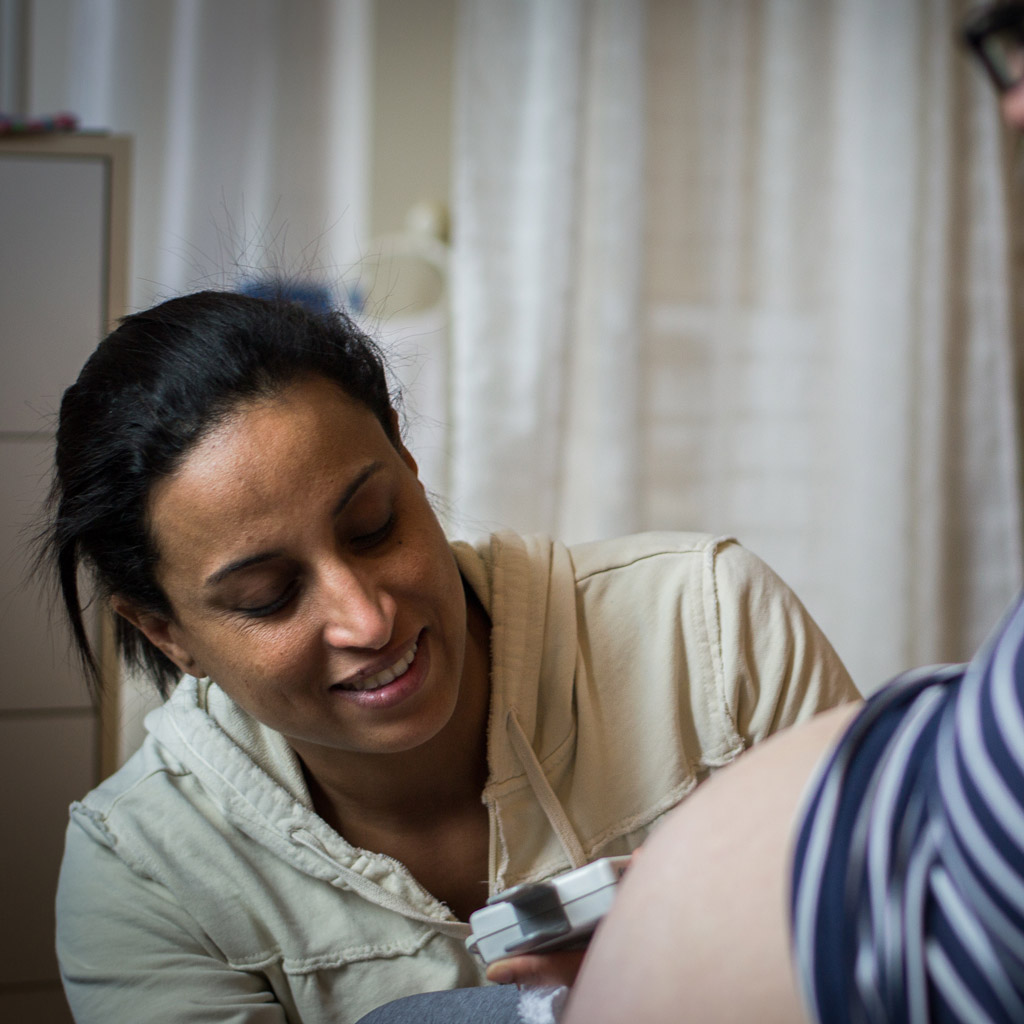Midwives reduce risks and the number of interventions
A study on the practice of midwives in birth centres demonstrated that midwifery can reduce many interventions. This study was carried out in 1997 on populations with similar characteristics.
Here are the main results:
- 4 times fewer forceps (1.4% vs. 4.1%)
- 8 times fewer suction cups (1.7% vs. 10.2%)
- 5 times fewer episiotomies (5.8% vs. 32%)
- 2 times fewer caesareans (10.8% vs. 19.8% for primiparous 1.4% vs. 6.8% for multiparous)
In addition, a reduction of over 70% in 3rd and 4th degree tears was noted.
For the same type of low-risk pregnancy, we note:
- 3 times fewer hospitalizations during pregnancy (3.3% vs. 10.3%).
- A length of hospital stay following delivery of less than 24 hours for midwifery clients vs. 2 days for 35.9% and 3 days for 33.7% of physician clients
- Nearly 2 times less premature babies (2.9% vs. 5.7%)
- Nearly 2 times less low-weight babies (1.6% vs. 2.9%)
- Midwifery clients have a breastfeeding rate of over 98%.
Source: Blais Régis & Pierre Joubert, Évaluation des projets pilotes de la pratique des sages-femmes au Québec (Quebec: Université de Montréal, Université Laval, 1997).



